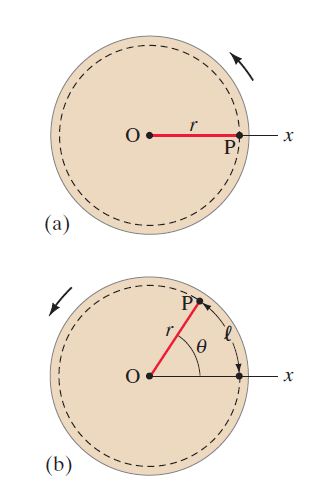What is the difference between Circular motion and rotational motion – are they the same?
Last updated on January 28th, 2022 at 11:07 am
Rotational motion is a type of circular motion. In other words, all circular motions can’t be called rotational motion, but all rotational motions are certainly circular motions. When an object turns, it’s in a circular motion irrespective of the position of its axis. But for a rotational motion, the axis has to be located within the body of the object.
In Details: Two types of circular motion are rotation and revolution. When an object turns about an internal axis—that is, an axis located within the body of the object—the motion is called rotation, or spin. Both the Ferris wheel and the skater rotate.
When an object turns about an external axis, the motion is called a revolution. Although the Ferris wheel rotates, the riders revolve about its axis. ( as the axis of the Ferris wheel is external to the riders’ bodies)
Note: Ferris wheel is a fairground ride consisting of a giant vertical revolving wheel with passenger cars suspended on its outer edge.
(104).jpg)
So both the rotation and revolution are circular motions. Hence we can say, rotation is a subset of circular motion.
Rotational motion is a type of circular motion – elaborating with diagram
Any object that moves in a circle is said to experience circular motion.
By purely rotational motion we mean that all points in the object move in circles, (shown dashed in Fig. 1 for point P). and that the centers of these circles all lie on one line called the axis of rotation.
In Fig. 1 the axis of rotation is perpendicular to the page and passes through point O.

A straight line drawn from the axis to any point in the object sweeps out the same angle in the same time interval, for uniform rotational motion.
Earth undergoes both rotation and revolution – elaborate
The Earth undergoes both types of circular motion. It revolves around the sun once every 365 days and 6 hours, and it rotates around an axis passing through its geographical poles once every 24 hours

